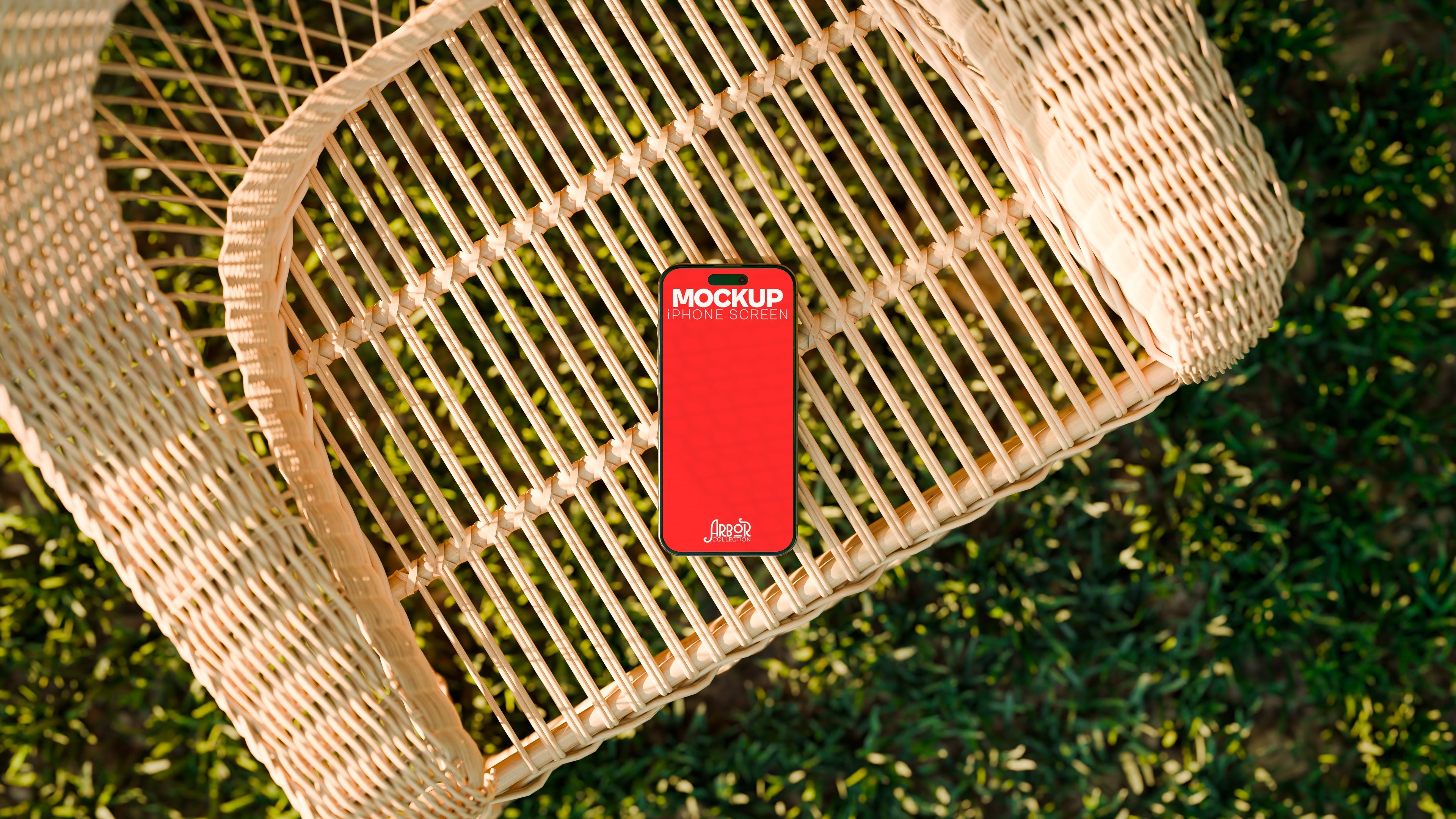If you’ve spent more than ten minutes in the world of print-on-demand, you’ve seen them—the overexposed, flat, cringeworthy mockups cluttering the internet. Some with odd shadows. Others with coffee mugs floating in air. A lot of them just plain fake.
I should know. I’ve been doing this for twelve years.
In that time, I’ve worked with suppliers, designed product lines, tested marketplaces, and launched brands. I’ve watched the POD industry grow from a niche side hustle to a full-blown movement. And through all that evolution, one thing has barely improved:
The mockups.
The Core Problem with Most Mockups
Let’s call it what it is: most mockups are phoned in. They’re either bad photos dressed up in Photoshop, or stiff 3D renders that lack depth, realism, or soul.
Why does this matter? Because mockups are the first impression. If they don’t look believable, your product doesn’t feel real. If they look cheap, your product looks cheap. And if they don’t show off your design in a way that inspires, well—good luck converting clicks into sales.
Mockups aren’t just decoration.
They’re branding. Visual trust. Emotional connection.
And when they suck, you lose money.
My Breaking Point
At some point—after testing hundreds of suppliers, trying every plugin, downloading every “ultimate bundle”—I just got tired. Tired of wasting time. Tired of explaining to clients why their designs looked better than their store made them seem.
So I did the only thing left to do:
I built my own mockups.
But not with a camera.
I went full CGI.
Why CGI Mockups Changed Everything
CGI gave me something traditional mockups couldn’t:
Control over light, shadow, materials, and angles.
Consistency across product shots, so every listing actually felt like part of a brand.
Accuracy that photography struggled to match—especially for sublimation blanks.
And because it’s not limited by physical inventory or setup, CGI let me experiment. Try scenes, textures, and perspectives that normal studios can’t touch. Mugs on a sleek concrete bar. Tumblers backlit by sunrise. Pillows in an interior designer’s dream space.
That’s not stock photography.
That’s strategy.
So, Why Do Mockups Still Suck?
Simple. Most marketplaces don’t care.
They pump out bundles made to flood Etsy or Creative Market. Aesthetics don’t matter as long as the thumbnails get clicks. It’s about volume, not value.
But if you’re serious about POD—if you’re actually trying to build a brand—then the lazy mockup era just won’t cut it.
You need mockups that elevate your design, not distract from it.
That build trust. That sell.
Here’s What I Learned (So You Don’t Have To)
Don’t outsource your first impression.
Your mockup should feel as intentional as your design.
Quality > quantity.
Ten well-lit, realistic angles beat fifty flat ones every time.
Your mockups are your brand’s voice—visually.
If they’re inconsistent, your branding is too.
Lifestyle isn’t enough.
Realism + context = conversion.
Don’t settle.
If nothing out there looks right, make your own—or work with someone who can.
What’s Next
I’ve spent years turning blank products into believable scenes. Every shadow, highlight, and fold in fabric is placed with purpose. Because you deserve better than a floating JPEG on a white background.
If you’re ready to ditch the lazy mockups and upgrade your brand, welcome to Banana.
We built it because we were tired too.
